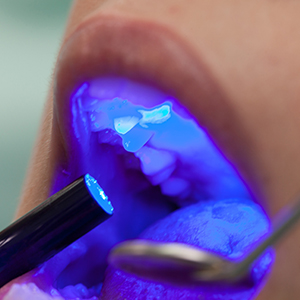
Many pre-cancers and cancers of the oral cavity and oropharynx can be found early, during routine screening exams by a dentist, doctor, dental hygienist, or by self-exam.
Some early cancers have symptoms that cause patients to seek medical or dental attention.
Unfortunately, some cancers may not cause symptoms until they’ve reached an advanced stage, or they may cause symptoms similar to those caused by a disease other than cancer, such as a toothache.
Some dentists and doctors recommend that you look at your mouth in a mirror every month to check for any abnormal areas.
Regular dental checkups that include an exam of the entire mouth are important in finding oral and oropharyngeal cancers (and pre-cancers) early.
The American Cancer Society also recommends that doctors examine the mouth and throat as part of a routine cancer-related checkup.
Along with a clinical exam of the mouth and throat, some dentists and doctors may use special dyes and/or lights to look for abnormal areas, especially if you are at higher risk for these cancers.
If an abnormal area is spotted, some of these tests may also be used to help determine if they might be cancers (and therefore will need a biopsy) or to choose the best area to sample for a biopsy.